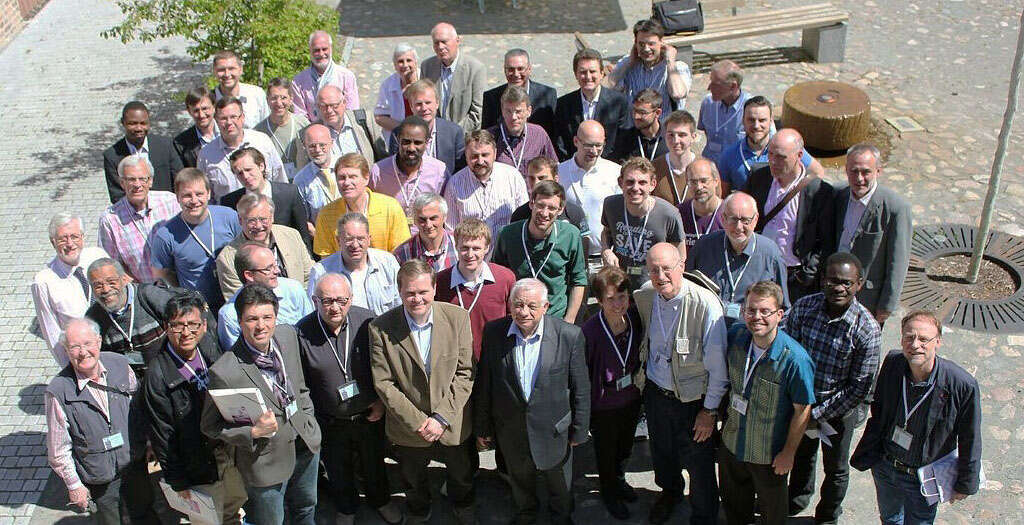5th International Symposium Institute of Adventist Studies
22. Sep. 2023
In preparing for the 500th anniversary of the Anabaptist movement in 2025, Friedensau Adventist University invites you to participate in an international symposium that explores various aspects and vestiges of the Anabaptist movement in Adventism and beyond. You are welcome to submit, until October 30, 2023, an abstract (100 to 150 words) of a proposed 30-minute paper.
Papers should address one of the following themes from a historical or theological perspective: (1) Adventist church-state relations and the Anabaptist heritage; (2) Adventist relationships with Mennonites and other Anabaptists; (3) Anabaptist apocalypticism and Adventist eschatology; (4) Anabaptist biblical interpretation and Adventist hermeneutics; (5) Seventh-day Adventists as a peace church?; (6) Persecution as a theme in Adventist theology and in Anabaptist history; (7) Regional Mennonite-Adventist connections (e. g. Russia); (8) Religious liberty – Anabaptist and Adventist views; (9) SDA ecclesiology – a variant of the Anabaptist doctrine of the church?; (10) Anabaptist roots of the Adventist theology of baptism.
Feel free to suggest other pertinent topics by drawing on your expertise. Write to:
Background
On the evening of January 21, 1525, Konrad Grebel baptised the former Roman Catholic priest Jörg Blaurock, who had asked him to do so, in Zollikon, near Zurich. Blaurock then baptised others among their friends. With this act, a first independent congregation was constituted which detached itself from the Zurich Reformation. To this day, January 21, 1525, is considered the founding date of a movement that has been pejoratively named the “Wiedertäufer” (Anabaptist) movement by its opponents. Since the 20th century, it has also been called the Radical Reformation or the “left wing” of the Reformation. Yet these names can only inadequately reflect the breadth and diversity of interests of the movement. The core concern was the longing for a comprehensive Reformation, which was dominated by four emphases: (1) consistent discipleship, (2) the Holy Scriptures as the indispensable standard for faith and life, (3) the priesthood of all believers, and (4) the separation of church and state power. This often led to strict non-violence, withdrawal from the world and strong eschatological expectations. Faith baptism marked membership in the movement.
The Anabaptists did not represent a homogeneous revival movement within the 16th century Reformation and was not limited to Switzerland and Southern Germany. The radical demands prominent among them, i.e. church-state separation and the personal decision for the faith by each Christian, represented a significant intellectual-historical background for the Reformation which had been initiated by Martin Luther and Huldrych Zwingli. For various reasons, however, these two categorically rejected the claims of the Anabaptist movement, and even demanded and supported their persecution by the authorities. As early as 1527, the Anabaptist leader Felix Manz was drowned in the Limmat river of Zurich, and Michael Sattler was burned in Rottenburg am Neckar. Two years later, in 1529, the Diet of Speyer passed the so-called “Anabaptists Mandate” with the consenting votes of the Protestant princes. This resolution stipulated that all those who practised faith baptism and those who did not have their children baptised were to be sentenced to death. Although the mandate was not implemented in the same manner everywhere, many Anabaptists lost their lives because of their faith.
Even though today there are only a few major groups that directly trace their history back to the Anabaptist movement (the Mennonites, the Amish, and a few others), influences of this movement can be found in many ways in the creeds and church order of contemporary denominations.

Photo: FAU